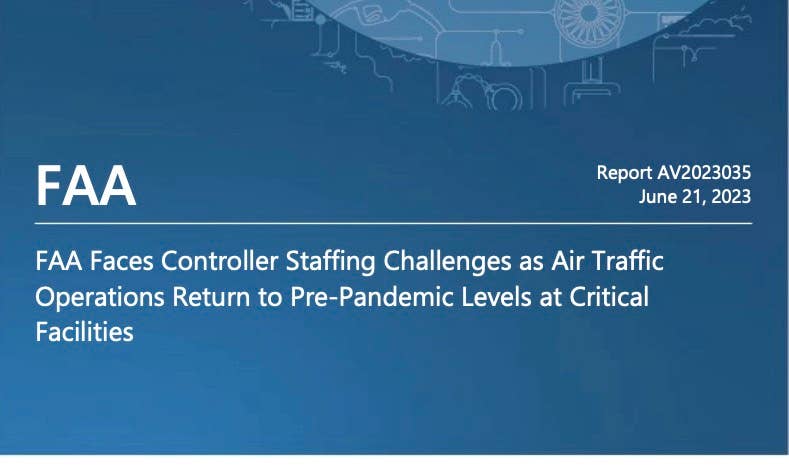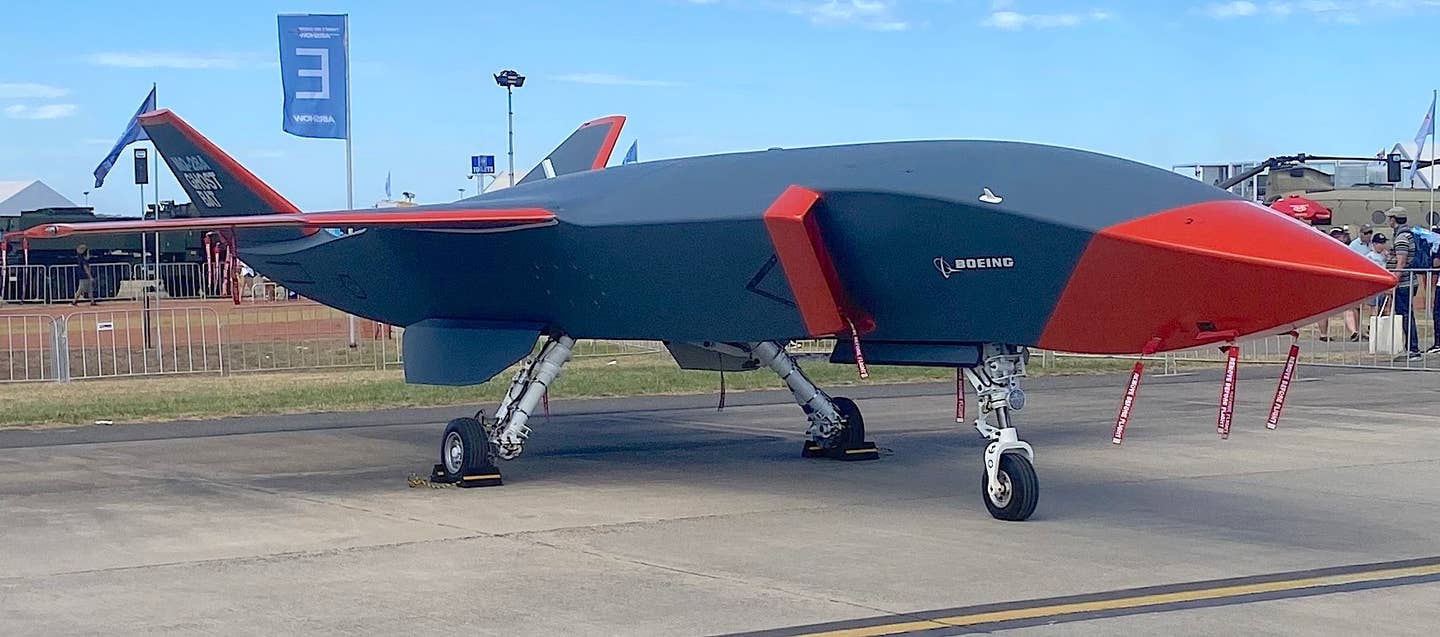DOT Audit Critiques FAA’s Response To Shortage Of Air Traffic Controllers
A recent U.S. Department of Transportation audit conducted by the DOT’s Office of the Inspector General assessed the issue of maintaining adequate numbers of FAA air traffic controllers in the…

A recent U.S. Department of Transportation audit conducted by the DOT’s Office of the Inspector General assessed the issue of maintaining adequate numbers of FAA air traffic controllers in the wake of the COVID-19 pandemic. The DOT’s dual objectives were to “(1) assess FAA’s efforts to ensure that critical air traffic control facilities have an adequate number of controllers and (2) identify the impact of the Covid-19 pandemic on FAA’s controller training program.”
The audit criticized the FAA for its “limited efforts to ensure adequate controller staffing at critical air traffic control facilities,” adding that the agency, “has yet to implement a standardized scheduling tool to optimize controller scheduling practices at these facilities, and FAA officials disagree on how to account for trainees when determining staffing numbers.”
The auditors found that 77 percent (20 of 26) critical ATC facilities are currently staffed below the FAA’s 85 percent threshold. The New York Terminal Radar Approach Control (Tracon) and the Miami Tower were cited as among the most challenged at 54 percent and 66 percent, respectively. Additionally, said the audit, the COVID-19 pandemic caused “training pauses” that spanned almost two full years, “significantly increasing controller certification times.”
In its summary of the audit, the Office of the Inspector General wrote that the FAA had accepted the DOT's two outstanding recommendations for addressing the issues it found. “We consider both recommendations as resolved but open pending completion of the planned actions,” the audit summary concluded.






